April 26
I continue to work on the formal container list, but am barely a fourth of the way done. I can't help but believe that at some point community members began turning over their family papers and private collections to Mrs. Calloway. They must have trusted that Calloway would preserve their family legacies through the efforts of the museum. The collection is too large and too varied to have been the results of rescue efforts-- from abandoned buildings (although it is documented that Mrs. Calloway did engage in searches of abandoned premises before they could be demolished by the city). I continue to find treasures. Here is one of Phil Donahue being honored at Boys Town. . . Who would have guessed that the museum had co-sponsored a Nebraska branch of the Association for the Study of African American History and Life. There is a copy of a print by James Van Der Zee (Harlem artist), as well as information on Pullman Porters (the Protective Order of Dining Car Waiters-Local no. 465) in Omaha. Apparently A. Philip Randolph personally organized an Omaha Division of Sleeping Car Porters in Nebraska in 1925.
April 22
Today a graduate student named Amy Forss came to conduct research in the collection. Ms. Forss obtained special permission from Mr. Calloway to do so. Ms. Forss' dissertation is on the indomitable Ms. Mildred Brown, founder and manager of the Omaha Star Newspaper, and naturally, the Great Plains Black History Museum and the Nebraska State Historical Society, did all that they could to accommodate the scholar.
I have finished perusing and sorting the collection into major sections. However, I continue to be distracted by the wealth of the holdings. Some examples of the breadth and depth of the manuscript holdings are: clippings of articles on the Black Panther Party trials in California and in Omaha; lighting directions for a series of minstrel and vaudeville type shows which opened in the city; information on dining car waiters in Omaha; original essays by Father John P. Markoe on discrimination as a sin against humanity [c. 1951]; and an Omaha High School Register from 1914. There is also evidence of African American participation at the Trans Mississippi Expo of 1898 at Kounze Park (aka Malcolm X Park).
April 19
Mr. Jim Calloway surprised me today by bringing Mrs. Calloway to see the collection. I had met Mrs. Calloway on a number of occasions, but many years had passed. She arrived in a wheelchair, and with a nurse. I was actually in awe of the great lady. Mrs. Calloway showed great interest in the photographs and asked to be reminded of several of the women photographed early in 20th century Omaha. Although many years have gone by since Mrs. Calloway has worked with the papers, her passion for African American history was clear.
April 12
Have found a brief biography on curator Bertha Calloway. She was born in Denver, Colorado and became head of the Great Plains Black Museum in 1979. The museum opened, however, in 1976, but operated, it seems, with considerable collaboration by members of the board. In fact, Mrs. Calloway had established an early form of the museum in the late 1960s. The prototype was called the Negro Historical Society of Nebraska, and was patterned, in large fashion, after the State Historical Society of Nebraska. Mrs. Calloway envisioned the Great Plains Black Museum as a regional repository of African American manuscripts and memorabilia, and wanted it to serve the several states which make up the Great Plains. . . I am increasingly intrigued with Mrs. Calloway as a curator. As far as I know, the general public did not have access to the enormous archive that Mrs. Calloway amassed, and yet, the running of the museum must have occupied only a portion of the director's time. She was indeed acquisitions manager, curator, conservation specialist, as well as hostess and director of the museum.
The collection revealed a number of interesting items today. In a box of Rare Books, is a 1969 issue of Ebony Magazine featuring the late Betty Shabazz reflecting on her life with Malcolm X. Forrest M. Stith's book, Sunrises and Sunsets, on the transition of an African American from slavery to freedom is in good form. There is a box on art, which includes some artistic designs by my friend the artist Neville Murray, and more materials on Professional African American men in Omaha. Inside of the latter is a handy list of the African American owned and operated business along North 24th Street, back in the community's hey day--before desegregation.
There are Boxes on Sports, and one on Prospect Hill Cemetery (where African American graves are indicated by the word "colored" until 1887, and afterwards are not marked as such, but have the names Myers or Thomas (Black owned funeral homes) associated with the cemetery plots--so that African Americans interned here are identifiable. I continue to enjoy my work and am looking forward to the day that this collection can be made available to the public.
Subscribe to:
Post Comments (Atom)

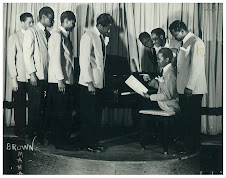
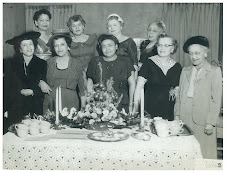
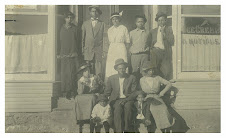
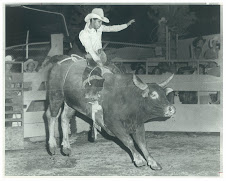


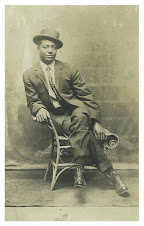
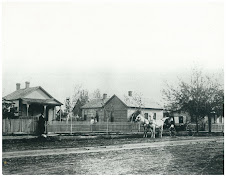.jpg)


No comments:
Post a Comment